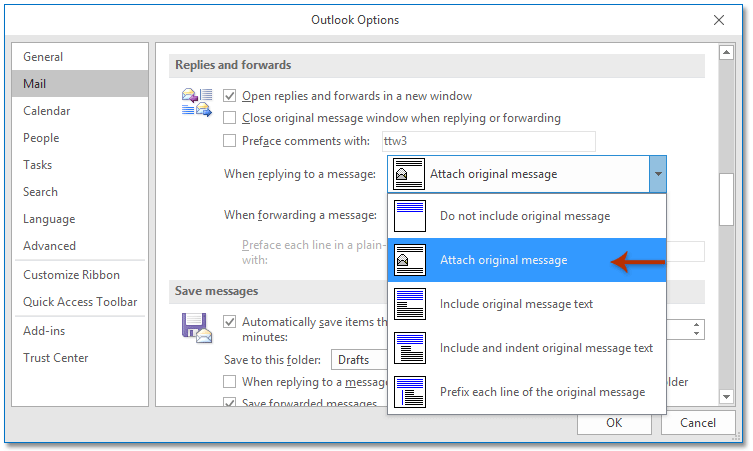

If you’ve used Outlook rules, you might expect this to be an option, but unfortunately, it isn’t. If you want to add a BCC recipient to every email automatically or to specific emails-such as those to a certain individual or that contain specific words in the subject line-there’s no simple way to do so. BCC allows you to send copies of the messages to any address you want, without the recipients knowing about it. For example, if you’re dealing with a troublesome employee or coworker, you might want to keep a record of your email interactions in case you need to raise a grievance. There are other scenarios in which you might want to BCC someone. Depending on where you are in the world, you might be legally obliged to hide people’s email addresses for data protection reasons.Įven if there isn’t a compelling legal obligation, it’s still a good practice (and common courtesy) not to broadcast people’s email addresses without their consent. The “Bcc” field is most commonly used when sending bulk emails to lots of recipients, such as a newsletter. If you want to BCC someone on a specific email, simply type that person’s email address in the “Bcc” field the same way you would in the “To” or “Cc” fields. To do so, open a new email, switch to the “Options” tab, and then click “Bcc.” This will make the “Bcc” field visible on this and all new emails. To hide it once again, click Options > Bcc on any new email. In Outlook, you can add the BCC field to emails with a simple toggle switch. Anyone you BCC will be hidden from the other recipients, but he or she will be able to see the sender and the recipients. There’s also a BCC (blind carbon copy) option. The other recipients can also see who’s been CC’ed. CC’ing someone means you’re sending them a copy of the message. Most people are familiar with the CC (carbon copy) option in their email program. We’ll walk you through the process and share an important caveat. In Microsoft Outlook, you can set up rules for doing this. The folder will appear at the bottom of your folder list.Sometimes, you might want to copy your sent emails to another address without the recipient knowing.

Type the name of the person whose folder you wish to open and click Add.Right click on your name in the folder list.Repeat steps 2-7 for the folder(s) you wish to share.Īccessing another person's folder(s) using OWA.Click the + icon and type the name of the person you are sharing the folder with and click Add.Right click the folder you wish to share and select Permissions.Select the desired permission level (Reviewer is recommended) - Folder visible must be a selected option.Type the name of the person you are sharing the folder with and click Add.Right click on your name in the Mailbox list.The folder will appear at the bottom of your folder list. Under Mailboxes, 'Open these additional mailboxes:' click on the Add button and type the person's name in the window (e.g., Jane Doe), and click the OK button.Select your Office 365 account and click the Change button.To open another persons folder(s), you need to make sure that you have been given permission to their Mailbox account and the Folders/Subfolders in that Mailbox account that you wish to access (e.g., See steps 1-7 above). To share additional folders/subfolders, right-click on the folder or subfolder you wish to share and follow steps 2-7 above.Īccessing another person's folder(s) using Outlook.Click on the person's name and select the appropriate permissions from 'Permission Level:' drop down list (e.g., Owner, Contributor.).Select Properties or Sharing Permissions (depending on your Outlook version) and click Permissions tab.icon and choose Folders icon to view all folders)



 0 kommentar(er)
0 kommentar(er)
